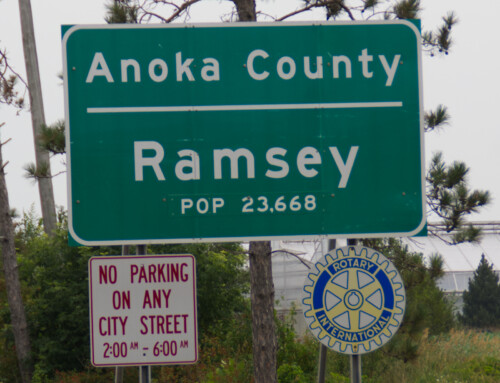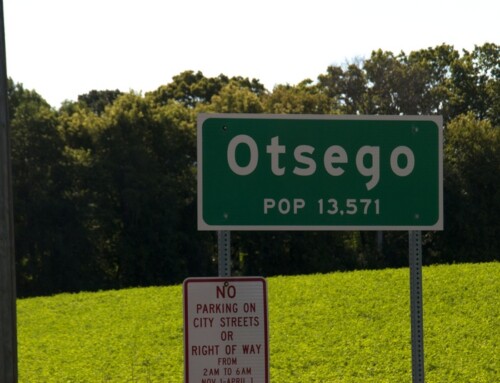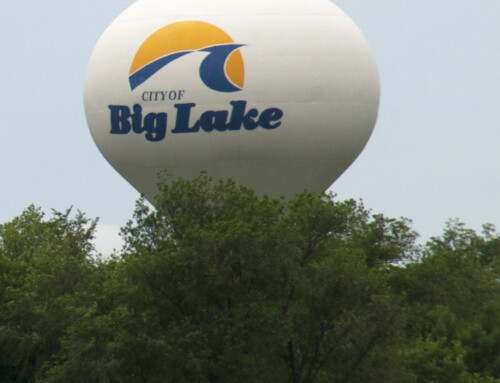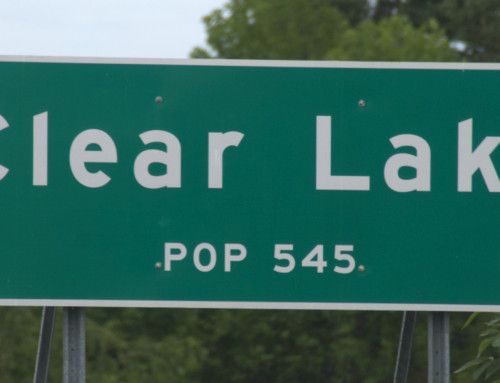Introduction
Founded by people with big ideas and high hopes, Minnesota City never lived up to the hopes of its founders. Today, it is a quiet village near the Mississippi River backwaters and not the state capital some had hoped for.
Visitor Information
You best bet is to contact the Winona Visitors Center (924 Huff St.; 507.452.2278).
History
When New Yorker William Haddock started the Western Farm and Village Association in 1851, he wanted to help interested city folks leave the urban environment and resettle in the country. Members paid $5 to join; most were mechanics from New York City and were foreign-born; they hoped that by banding together, they could buy supplies in bulk and thus more cheaply than as individuals. Scouts for the company traveled on ice skates upriver from La Crosse on the frozen Mississippi to search for land. They purchased 160 acres from Israel Noracong and founded a village they initially called Rolling Stone Colony; the name was translated from the Dakota word Eyan-omen-man-met-pah (the stream where the stone falls) after a rock in a nearby river that, according to legend, would rock mystically during periods of high water.
The village was platted in March 1852 and renamed Minnesota City by a unanimous vote of association members; the name reflected optimism that their new city was destined to be the new state capital. It attracted settlers very quickly—500 in the first year. Few stuck around, however, once they realized that the land was not ideal for farming and that the village was not directly on the Mississippi River. The initial scouting party had mistakenly believed their site was on the main channel because the water had been unusually high during their scouting trip. Only 20 families stuck out the first winter.
With most of the original colonists gone, others settlers began moving in. In 1880, the village had about 200 residents. The town developed primarily around agriculture with feed and flour mills and other businesses serving area farmers; cabbage was an important crop for decades. Many early farmers came ready to experiment, including some who made the first attempts to grow apples in the region. Minnesota City also had a strong railroad presence with connections not only north and south along the Mississippi River but also westward to Rochester.
Over time, though, Minnesota City suffered a number of setbacks. The widening of US Highway 61 rerouted traffic from Mill Street and the heart of town to its fringe; portions of town were annexed by neighboring Goodview. The local school was absorbed by Winona and eventually closed. Severe flash flooding in 2007 damaged many older buildings. Minnesota City is a bedroom community today.
Exploring the Area
Lock and Dam 5 (507.689.2101) is a few miles north of town; it opened in 1935 at the height of the Depression and went through major rehabilitation from 1987 to 1998. The dam is 1619 feet long, and the lock has an average lift of six feet.
The Minnesota City Historical Association (140 Mill St.; 507.689.4103) is based in an 1870s frame First Baptist Church that still has the original hand-carved chairs—100 of them—and many other original touches like the organ, stove, and the galvanized tin baptismal bath. While the original church was built for a Baptist congregation, the church had a long history of hosting interdenominational services. The historical society has a small collection of historic photographs, plus a number of records from the village’s past.
Getting on the River
Canoeists and kayakers might want to check out the Verchota Landing Canoe Trail (507.454.7351), a challenging 11.2 mile route that involves paddling upstream on the Mississippi River at times. The Verchota landing is just east of the boat club on Prairie Island Road.
Entertainment and Events
Festivals
Minnesota City Day (3rd Saturday in May) is a community-wide festival to mark the day the first settlers arrived with music and historical reenactments.
**Looking for other places to visit in the area? Check out Road Tripping Along the Great River Road, Vol. 1. Click the link above for more. Disclosure: This website may be compensated for linking to other sites or for sales of products we link to.
Where to Sleep
Camping
Bass Camp Resort (23651 Rolbiecki Lane.; 507.689.9257) is a few miles north of town between the highway and the river but shielded from highway noises. The sites are nicely shaded and not so close that you feel like you’re having dinner with your neighbors every evening; most have views of the river.
Community-supported writing
If you like the content at the Mississippi Valley Traveler, please consider showing your support by making a one-time contribution or by subscribing through Patreon. Book sales don’t fully cover my costs, and I don’t have deep corporate pockets bankrolling my work. I’m a freelance writer bringing you stories about life along the Mississippi River. I need your help to keep this going. Every dollar you contribute makes it possible for me to continue sharing stories about America’s Greatest River!
©Dean Klinkenberg, 2024, 2021, 2018,2013,2011






